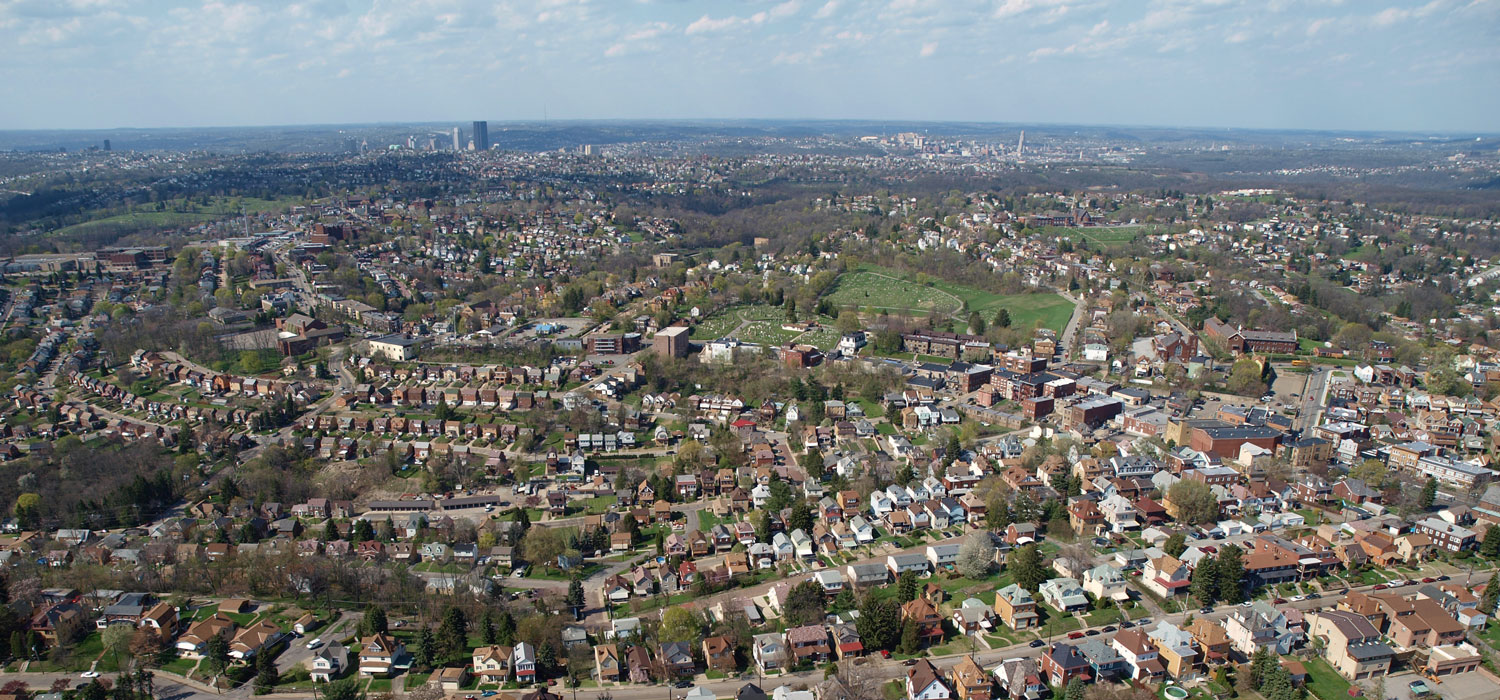
<p>Photo via Shutterstock.</p>
In a landmark decision earlier this week, the US Supreme Court held that cities can sue lenders for discriminatory lending practices under the Fair Housing Act when cities allege that those practices cause financial harm, such as lost property taxes or increased demand on services. In its decision, the court recognized that the “housing market is interconnected with economic and social life” and that discriminatory lending can “cause ripples of harm to flow” beyond borrowers to broader communities, cities, and regions.
But the court warned that the law may not extend to “wherever those ripples travel.” Rather, cities would have to show some “direct relation” between discriminatory practices and financial harm to cities.
Although the court declined to define what this might look like, research can help lower courts—as well as lenders and city leaders—make such determinations in the future.
Measuring the housing market’s impact on local government revenue
At a recent conference cohosted by the Urban Institute and the Lincoln Institute of Land Policy, researchers pointed to several signs that the Great Recession and housing crisis continue to affect cities’ fiscal health. Municipal revenue and local government employment remain below prerecession levels. Housing stress from depressed home prices, delinquent mortgages, and foreclosures continues in many places. According to a recent study by the Lincoln Institute of Land Policy, a 26 percent decline in home prices during the crisis was associated with a 4 percent decline in property tax revenue across a sample of the nation’s largest cities.
“Ripples” from discriminatory or predatory lending practices may take time to reach municipal coffers because property taxes are tied to assessed values and not market values, and reassessment cycles are usually longer than one year. Most jurisdictions also have caps and limitations built into the taxation process that can further delay catching up to market values. A typical lag between a change in housing prices and property tax revenue is three years.
Property taxes are important to local government finances, accounting for nearly a quarter of local general revenue. But the Great Recession produced a double whammy of the second-greatest decline on record for own-source revenues (including taxes and fees) and the greatest decline on record for state aid.
In cities with balanced budget requirements, a drop in revenue has implications for local government spending, which can lead to budget cuts and lapses in service delivery. The Lincoln Institute of Land Policy study of the nation’s largest cities found that education and capital outlays bore the brunt of spending cuts, falling 6 and 18 percent, respectively, from 2007 to 2014.
Protecting cities from revenue shortfalls
Beyond tracing how discriminatory lending and housing market stress can hurt municipal fiscal health, research can help us develop, understand, and share solutions.
During and following the recession, cities took steps to protect themselves against revenue shortfalls, built up reserve (or “rainy day”) funds, and clarified policies on how and when to use those funds.
Cities also tried to stay below their property tax levy caps to give themselves more room to adjust rates during economic downturns. Other cities have turned to multiyear budget plans or other types of fiscal planning to better prepare for various outcomes.
Research suggests discriminatory lending can harm municipal fiscal health. But more work needs to be done to help cities, courts, and lenders navigate not just the complicated relationship between residential lending and city government finances, but also how to support more financially healthy cities and more responsible lending practices going forward.
Let’s build a future where everyone, everywhere has the opportunity and power to thrive
Urban is more determined than ever to partner with changemakers to unlock opportunities that give people across the country a fair shot at reaching their fullest potential. Invest in Urban to power this type of work.